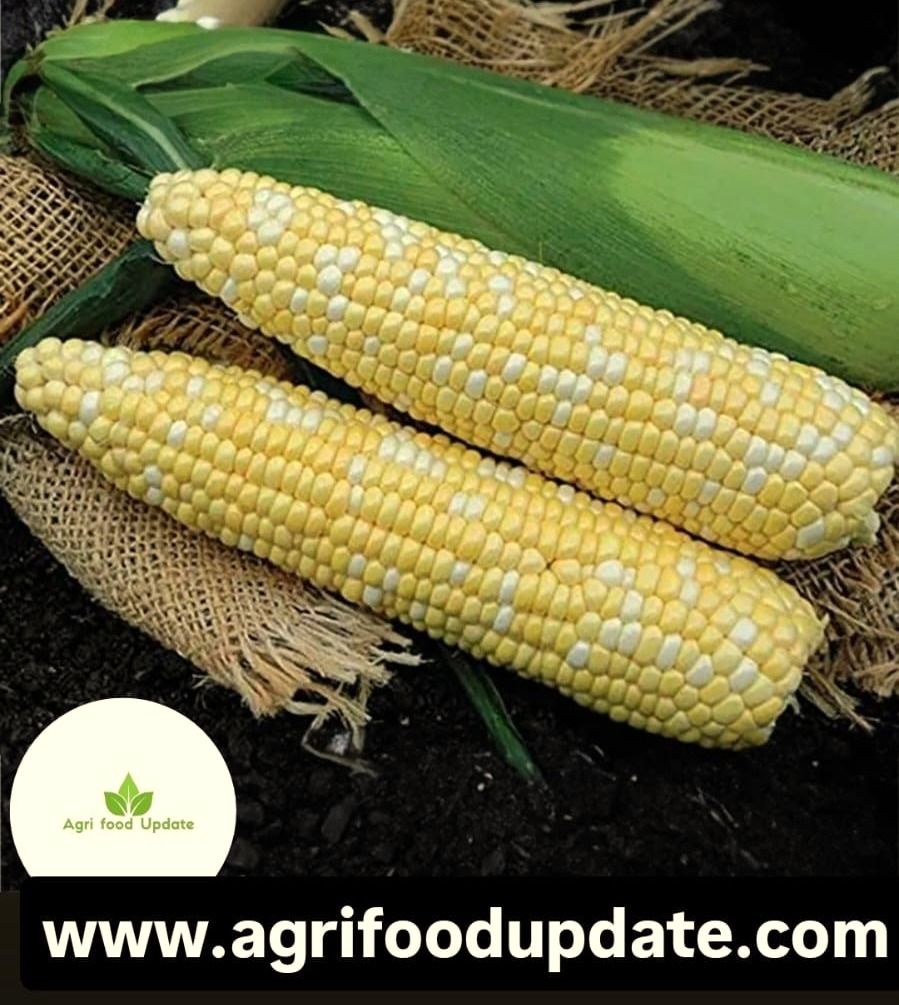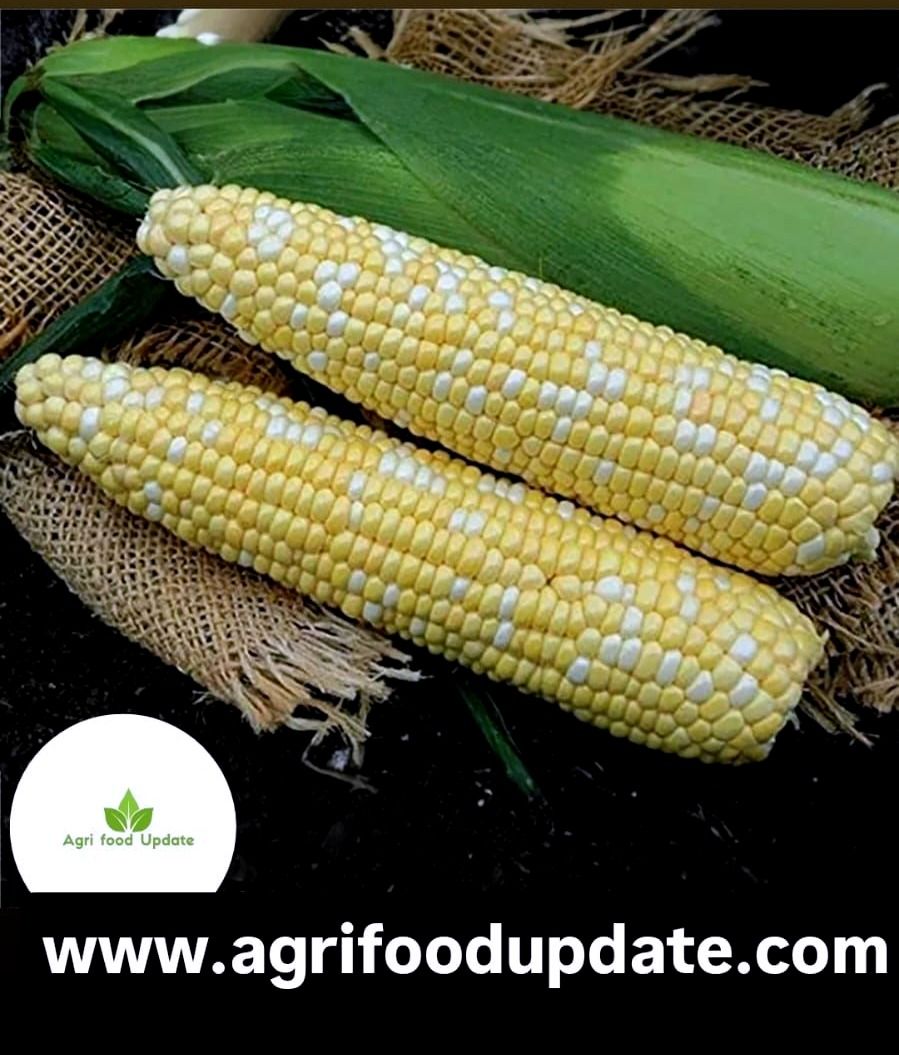
Maize Takes the Spotlight in India’s Kharif Season as Sowing Nears Finish Line
New Delhi, India — As the Kharif sowing season edges closer to completion, maize has emerged as a standout performer, outperforming several other crops. Total area under Kharif crops is showing a modest uptick of about 1%, reflecting cautious optimism among farmers and officials.
Key Highlights from the Season
- Maize leads the charge: Among coarse cereals and other crops, maize has recorded one of the largest gains. Several states report farmers shifting acreage from other crops to maize, driven by stronger demand and better returns.
- Overall sowing area up, but variably: The total sown area for Kharif crops is higher than last year, though the rise is not uniform across crop types. Some crops like pulses and paddy have also done well, while others like oilseeds and cotton lag behind.
- Farmers’ choices influenced by demand & economics: Increasing use of maize in feed, ethanol, and other industries has made it more lucrative. This has encouraged farmers in regions such as Madhya Pradesh and elsewhere to pivot away from crops like oilseeds in favor of maize.
Weather dependency: Although monsoon rains have been generally favourable, uneven rainfall across regions still poses a risk for crop yield, particularly in areas with delayed rain.
Declines elsewhere: As maize and paddy see strong gains, oilseeds, some pulses, and cotton are seeing flat or negative growth in some states. This unevenness highlights risk to the agricultural supply mix.
- Irrigation & inputs cost: Rising costs of fertilizers, seeds, and fuel, along with limitations in irrigation, continue to strain small and marginal farmers. These costs can cut into the gains from higher acreage.
Increased maize production likely for this season, which could improve availability and potentially lower prices in feed and related industries if demand holds steady.
Crop diversification may accelerate, as farmers see maize as more reliable or profitable under current conditions vs more traditional crops like oilseeds.
Monitoring needed: Government agencies are expected to closely track yields and output. Policy support (subsidies, input price regulation, better credit access) will be critical to ensure farmers benefit from the shift without being adversely affected by volatility.



